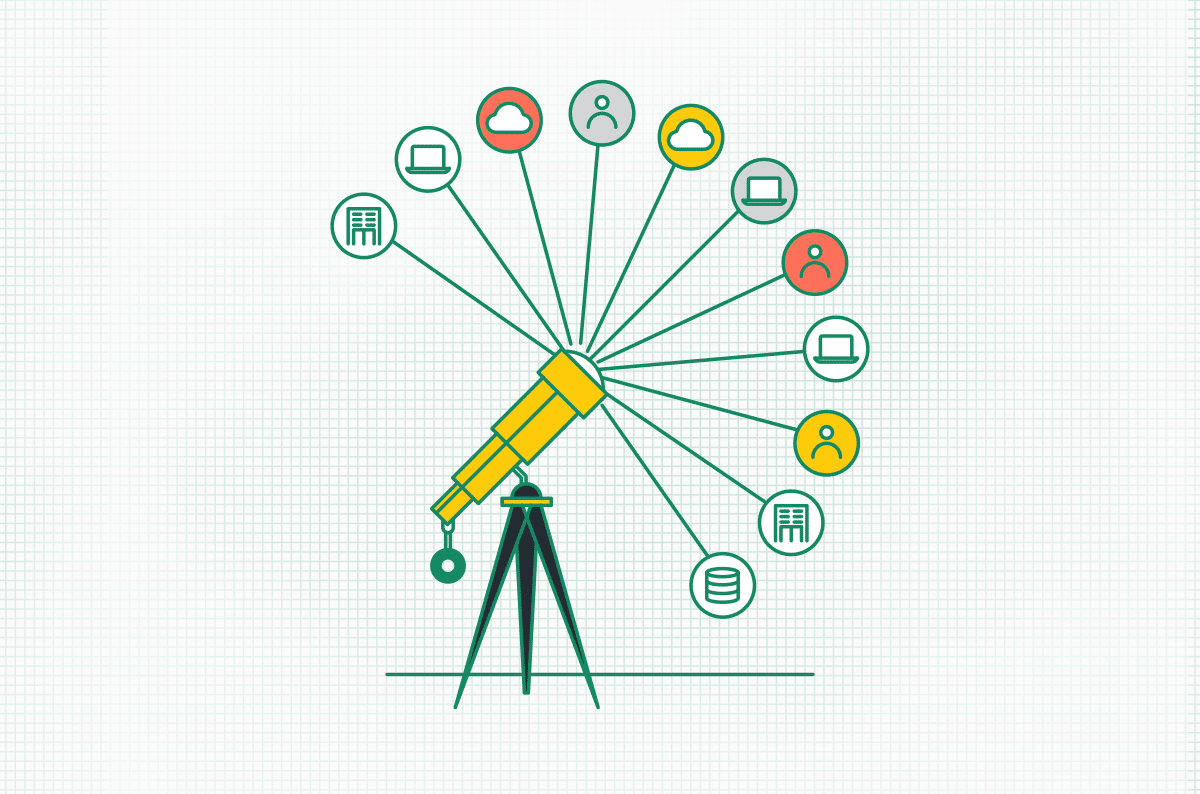|
Listen to post:
Getting your Trinity Audio player ready...
|
With the transition to the cloud and remote work, some organizations are undervaluing network security. However, network vulnerabilities and threats still require attention. Enterprises should not forgo the core capabilities required to secure the network from security threats.
In this blog post, we delve into SASE, a converged, cloud-delivered network and security solution, which protects the network while ensuring high performing connectivity. We explain which considerations to take into account, pitfalls to avoid and how to get started.
This blog post is based on the insightful conversation that Eyal Webber-Zvik, VP of Product Marketing at Cato Networks participated in at Infosecurity Europe, which was hosted by Melinda Marks, Senior Analyst at ESG. You can watch the entire conversation, recorded live right from the show floor, here.
What is SASE
Gartner defined SASE in 2019 as a transformational approach that converges network and security in the cloud and replaces legacy solutions. This includes the network, firewalls, routers, SD-WAN appliance, SWG, CASB, and more. The promise of SASE is ingrained in the cloudification of all on-premises point products into one unified solution. Rather than integrating point solutions, SASE is a single software stack designed from the ground up to answer all network and security needs as a cloud service.
Enhancing Your Enterprise Network Security Strategy | Watch the WebinarSupporting Business Growth
SASE is a fit for modern businesses because it enables connectivity and security in hours, not days. Legacy technologies cannot move as fast, leaving business in the lurch. Whether it’s opening up a new branch, popup store, or construction site, connecting multiple point network and security products to support these moves is very complex and increases the security risk.
Overcoming the Skills Shortage Gap
One of the main organizational challenges enterprises are dealing with is a skills shortage. Losing talented people is a huge business risk, leaving the business exposed. There are a number of SASE vendors that can minimize this risk by providing services as an extension of the IT team. They take away a lot of the work, like maintenance, supervision, inspection, hunting, threat analysis, and more.
This SASE support enables IT teams to focus on business outcomes and strategic requirements, rather than maintenance and keeping the lights on. Consequently, burnout is reduced and so is the risk of talented personnel leaving the organization.
SASE and Managed Services
SASE also supports MSSPs by enabling them to respond faster to business requirements. By normalizing and aggregating all data into a single location, it becomes more accessible. This enables making better and faster decisions, building better practices and providing a better service.
How to Start with SASE
There are two approaches for starting with SASE: rip and replace, i.e going full-blown SASE all at once, or gradually adding more SASE capabilities based on prioritizing needs. The second approach is often easier for organizations, and SASE’s cloud-based nature allows for it.
When planning SASE, it’s important to identify silos or blockers between network and security teams and find ways to overcome them. No team wants to be the inhibitor of business growth. SASE enables these teams to be the IT champions, bringing immense value in terms of performance, ease of use, better security, and more.
What to Expect After Deploying SASE
SASE is transformational. Deploying SASE provides a “before and after” type of experience. Here are some of the real “after” effects SASE users have reported:
- The IT team gains better work-life balance back. No more patching, updating and maintaining over the weekend.
- The IT team is able to focus on strategic business objectives instead of keeping the lights on.
- SASE provides meaning to the team’s day-to-day work and helps avoid burnout.
Pitfalls to Avoid When Choosing a SASE Vendor
When choosing a SASE vendor, it’s important to conduct proper due diligence on the solution that you are evaluating. Run a POC to ensure it ticks all the boxes and fits your use cases. This includes relevant features, visibility, ease of use, and more. Filter through the marketing noise and educate yourself on the vendor’s capabilities and offerings to ensure your vendor sees eye-to-eye with you and can support all your current and future network and security needs.
The Future of Network and Security
As the needs of enterprises are changing, they are looking for new approaches that support their ever-evolving digital business. SASE has emerged as a solution that addresses these requirements, and enterprises are realizing they can rely on the delivery of network and security in the cloud and do not need to be tied to legacy on-prem boxes.
At the same time, customers are educating themselves to ensures they choose the right solution and vendor for all their current and future needs.










